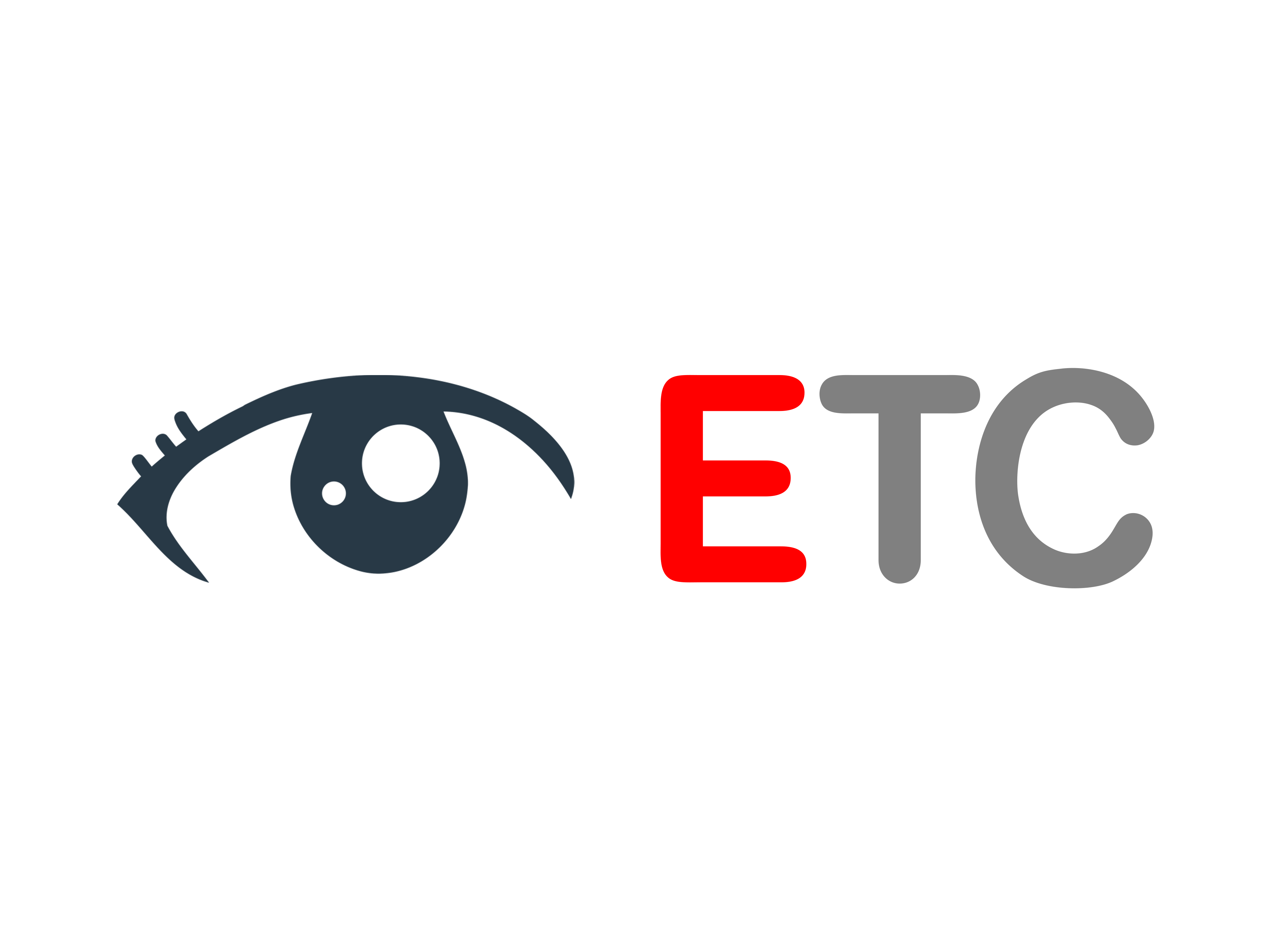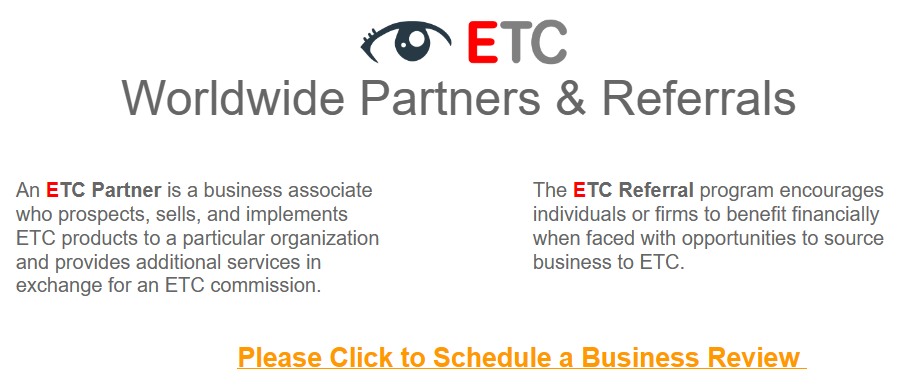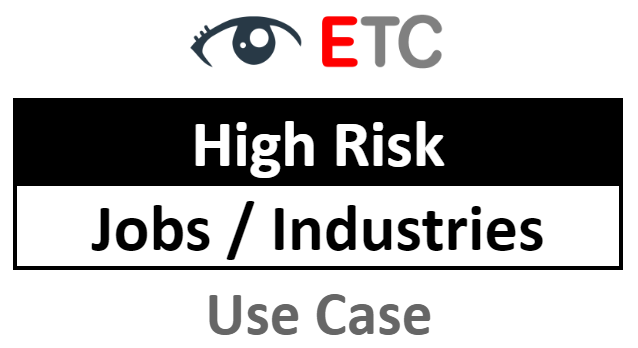
ETC High-Risk Industries – Use Case
The High-RIsk industries are critical sectors of the global economy, responsible for extracting and processing a wide range of mineral resources essential for various industries and human needs. However, it is also a complex and challenging industry, facing various critical issues that must be addressed to achieve sustainable and responsible operations.
ETC AI – Value Proposition for the High-Risk Industries.
Dramatically improve Employees’ and Candidates’ performance & evaluations, avoiding Bias.
Scientifically Diagnose Mining Critical Issues and Corporate Climate through the EMOTIONAL Fingerprint™ supported by AI innovative technology.
Mining Organizations and related entities worldwide needed to improve innovation and engagement, plus lower employees’ stress and burnout.
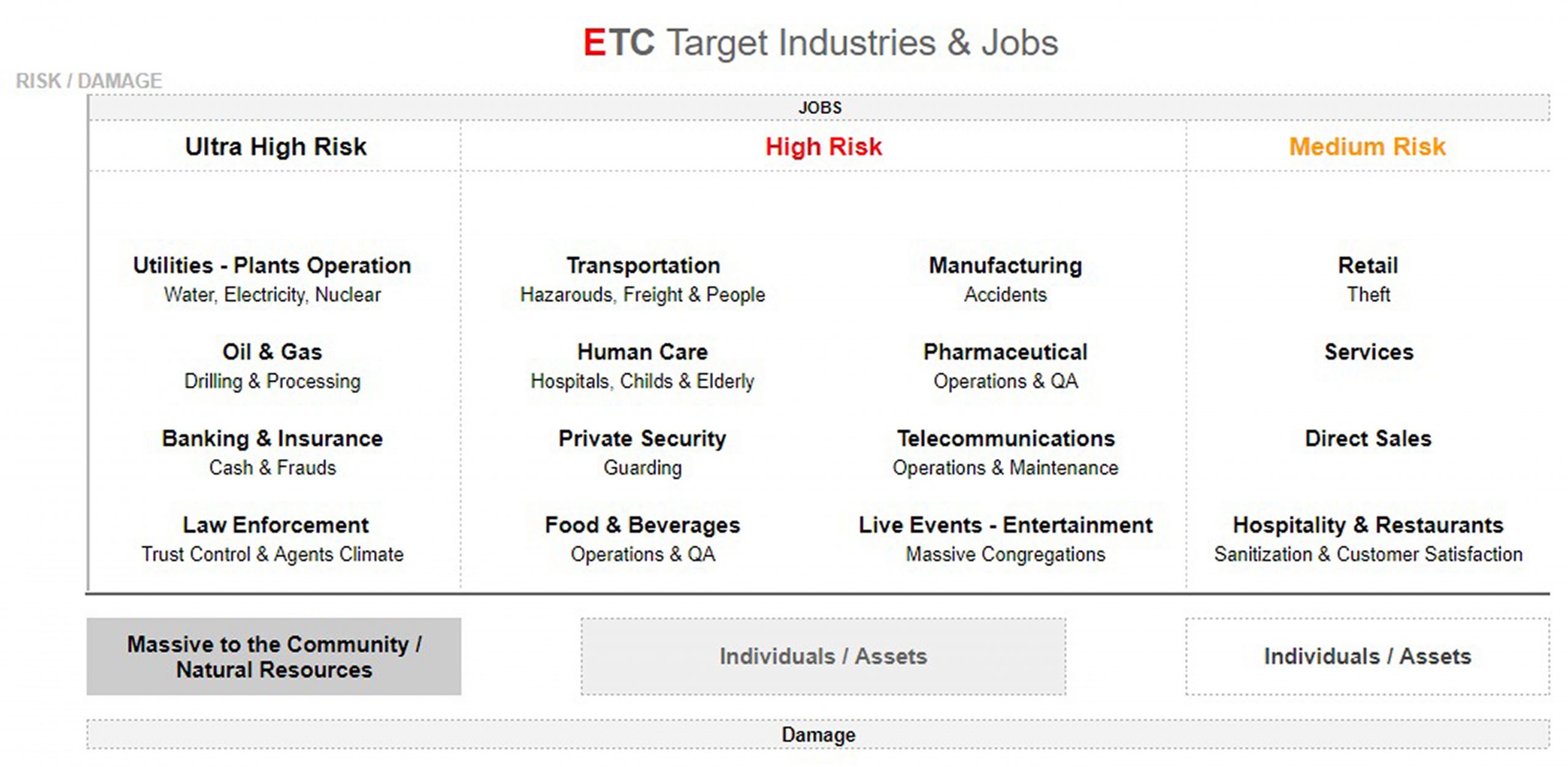
High Risk Industries – Critical Issues
High-risk industries, such as aviation, banking, construction, mining, and oil and gas, are essential to modern society and the global economy. However, these industries are also associated with significant hazards and risks that can threaten the health and safety of workers and the public. In this essay, I will discuss some of the most critical issues facing high-risk industries and the importance of addressing them to ensure the sustainability and safety of these industries.
Workplace safety
One of the most critical issues facing high-risk industries is workplace safety. The nature of work in these industries often involves hazardous conditions, such as exposure to chemicals, extreme temperatures, high-pressure environments, and the operation of heavy machinery. Therefore, it is essential to establish and maintain effective safety protocols and standards to minimize the risk of accidents and injuries.
Environmental impact
High-risk industries can also have a significant impact on the environment, particularly those involved in the extraction and processing of natural resources. Activities such as mining and oil and gas production can result in environmental damage, such as soil erosion, air and water pollution, and the destruction of natural habitats. Therefore, it is essential to establish and enforce regulations that limit the impact of these industries on the environment.
Technological advancements
The use of technology in high-risk industries has the potential to improve efficiency, productivity, and safety. However, technological advancements also pose challenges for these industries, such as the need for highly skilled workers to operate and maintain new technologies, potential cybersecurity threats, and training and education to keep up with new advancements.
Workforce development and management
The workforce in high-risk industries can be highly specialized and require specific skills and knowledge. The recruitment and training of skilled workers can be challenging, and there may be shortages in some areas, such as engineering or specialized trades. Additionally, managing a highly skilled and diverse workforce can present its own challenges, such as maintaining safety standards, managing productivity, and promoting diversity and inclusion.
Economic sustainability
High-risk industries are often associated with high costs and capital-intensive operations. This can make it difficult for smaller companies to enter these industries, leading to a concentration of power in the hands of a few large companies. Furthermore, these industries are often subject to price fluctuations and other economic pressures, which can threaten their economic sustainability and long-term viability.
In conclusion, high-risk industries face several critical issues that must be addressed to ensure their sustainability and safety. These issues include workplace safety, environmental impact, technological advancements, workforce development and management, and economic sustainability. Addressing these issues will require collaboration between industry, government, and other stakeholders to establish and enforce standards and regulations that promote safety, sustainability, and efficiency. By working together, these industries can continue to provide essential services to modern society while mitigating the risks associated with their operations.

ETC Solutions help to solve Mining critical issues!
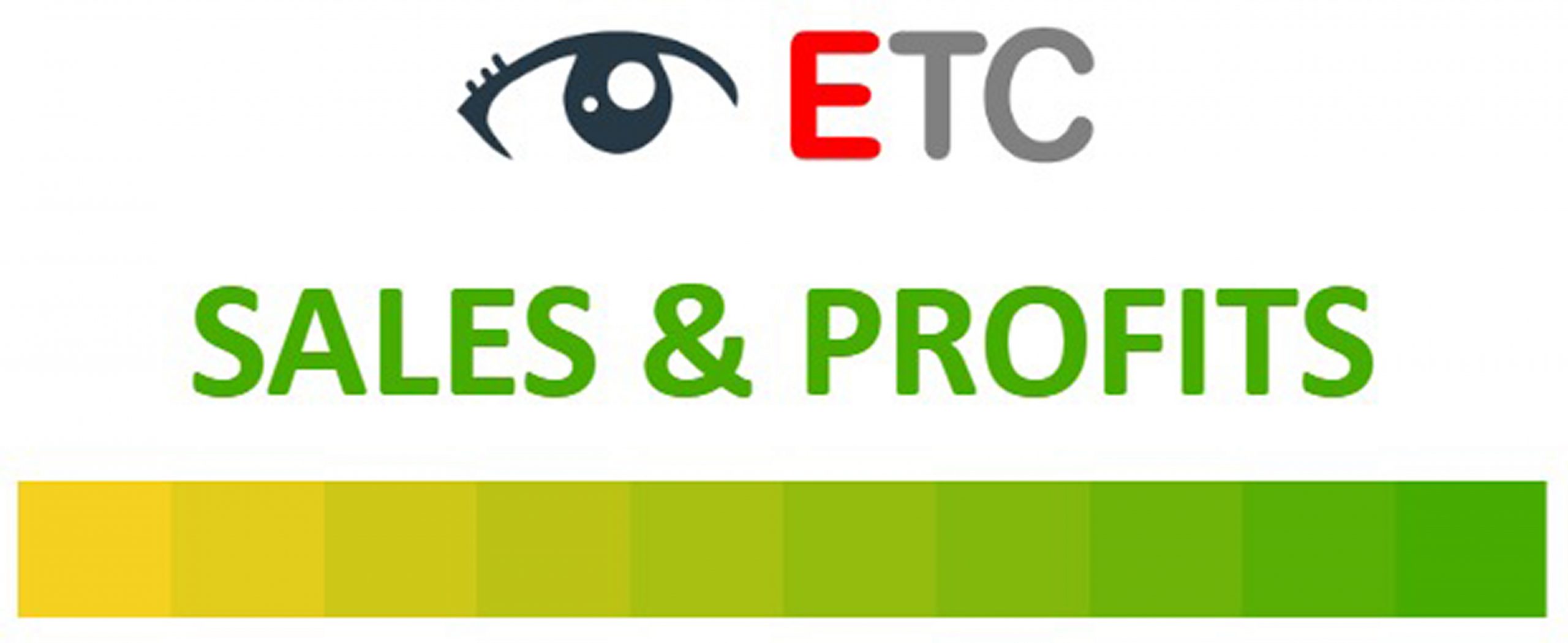
Accumulating scientific results over time, you can diagnose and measure the evolution of P&L issues you want to improve.
ETC Innovation as a mindset, not a project!
The exact questions and extracting & accumulating scientific results over time, you can diagnose and measure the evolution of Innovation.
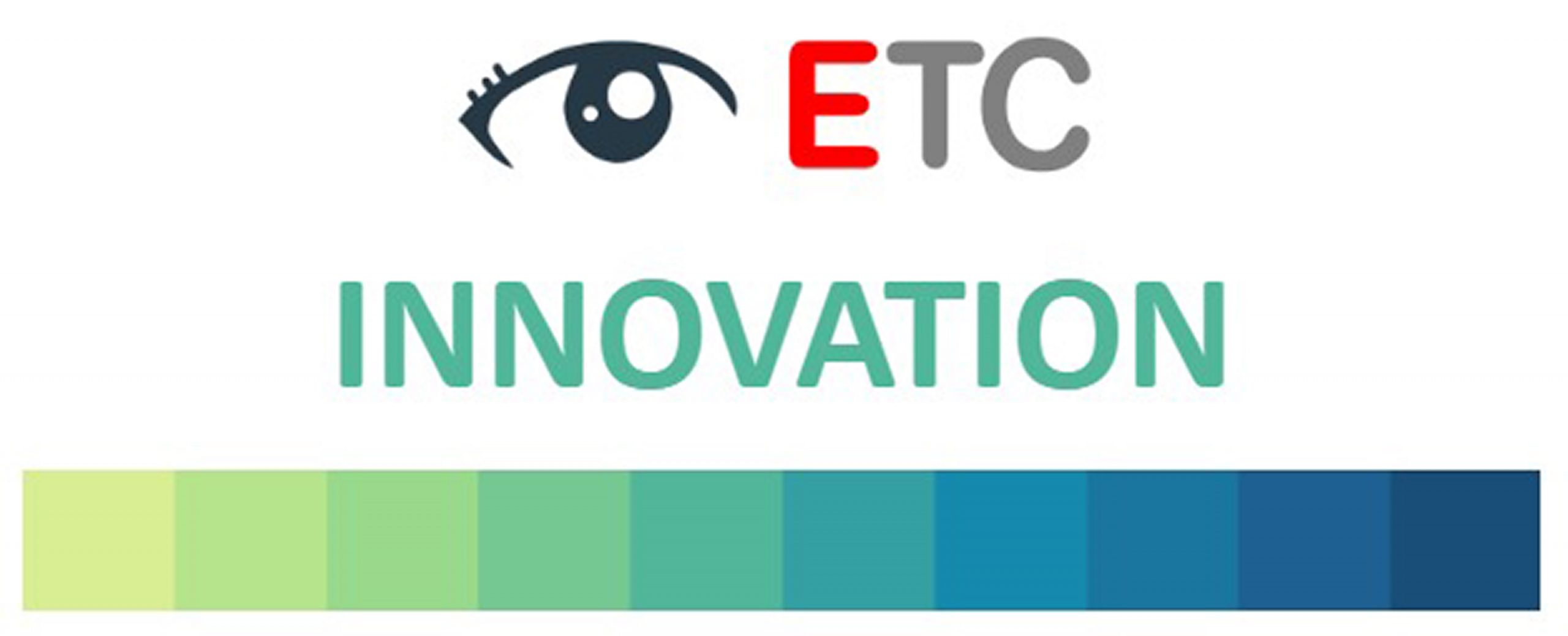
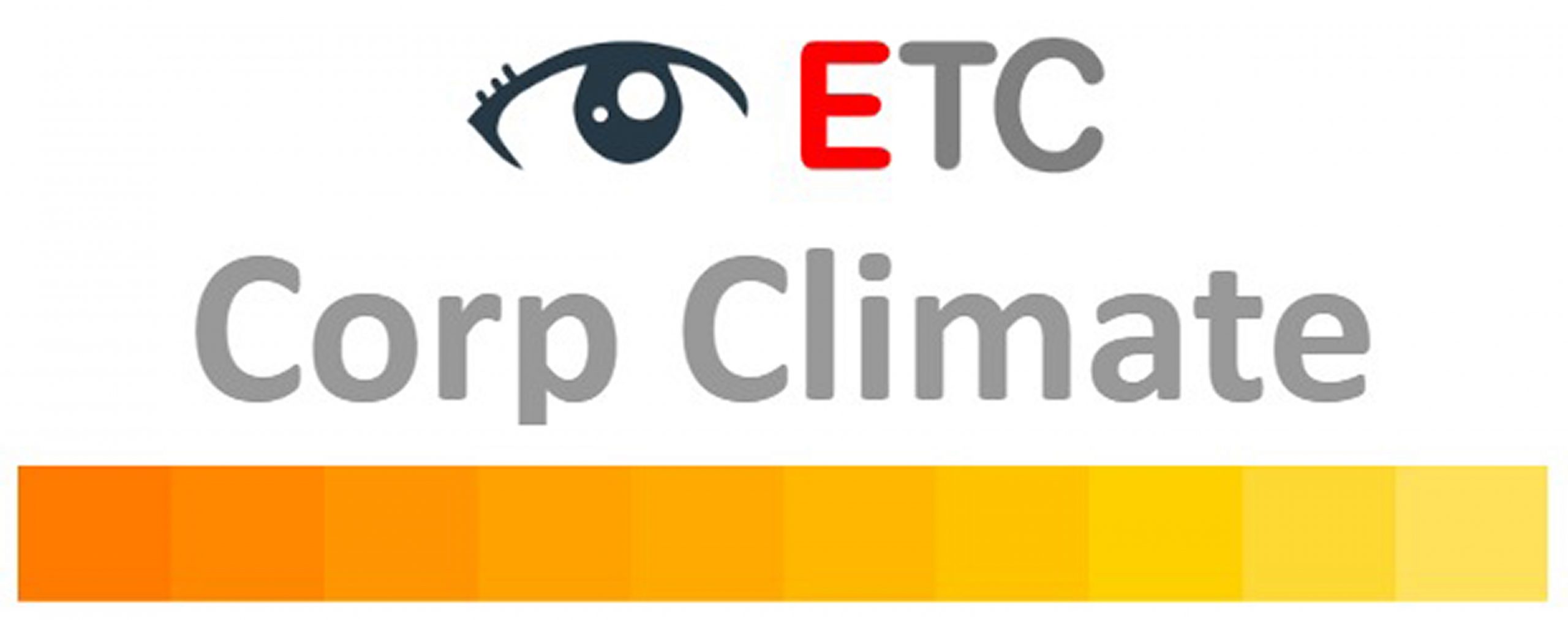
Scientifically Diagnose Critical Issues and Corporate Climate through the EMOTIONAL Fingerprint™ supported by volunteers´ interviews.
Improve Candidates’ hiring evaluation and selection, avoiding Bias and potential risks.
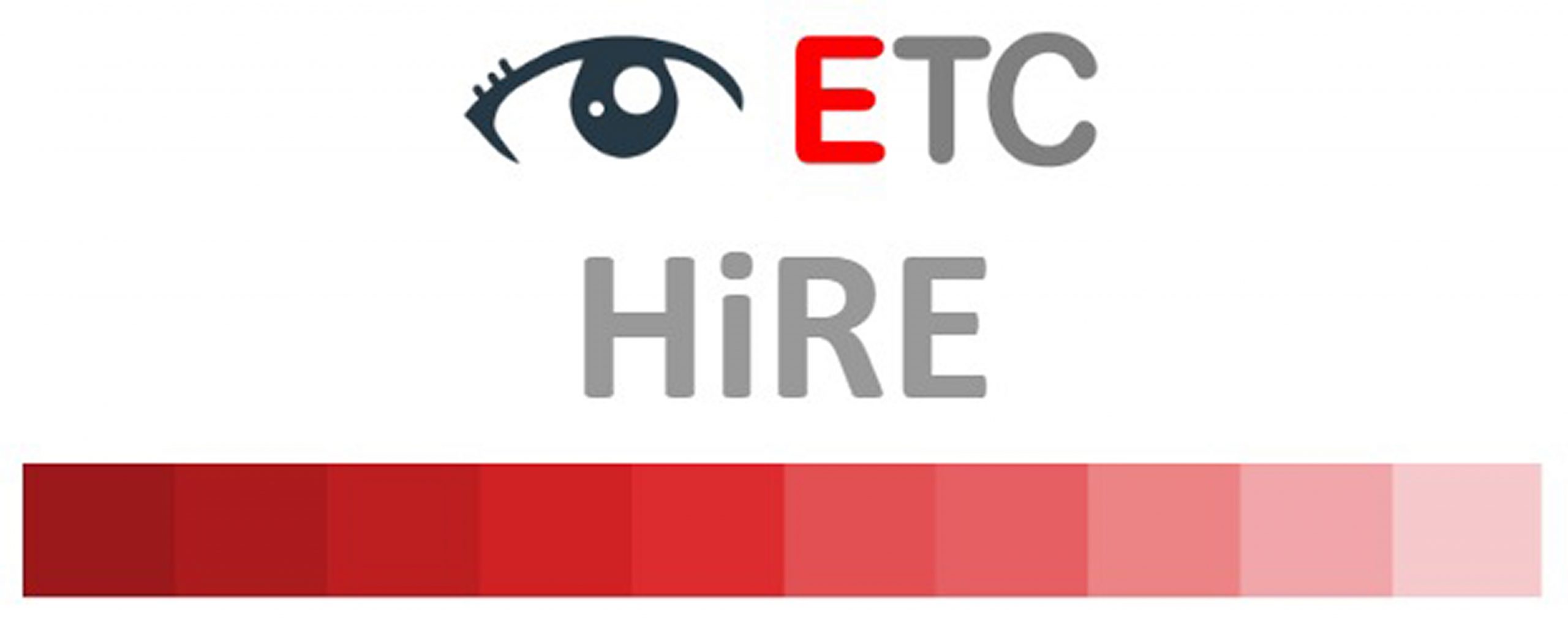

High-Risk Industries Critical Issues Samples
Human Resources
Gender Equality & Sexual Harassment
Discrimination & Diversity
Bullying & Harassment
Performance Evaluation & Retention
Promotions & Succession Planning
Training & Development
Compensation & Benefits
Absenteeism
Security & Compliance
Bribes & Corruption
Suspect Fraud/Theft by Employees
Suspect Fraud/Theft by Contractors
Data Security & Protection
Waste of Resources
Criminal Activities
Confidentiality Issues
Misbehavior & Aggressive Attitudes
Innovation
Free Thinking & Ideas Generation
Leadership Vision
Evolving Landscape – Competition & Threats
Assess Capabilities – Global R&D
Culture Evaluation & Multinational Mix
Comfort Zone & Growth
Sales, Marketing & Profits
Customer Satisfaction & Retention
Market Trends (Products/Services)
Training & Development
Technical Support
High-Value Customer (Guarantees)
Salesforce Underperformance & Engagement




